Consider the whole customer lifecycle to boost conversions and retention
It's no secret that engaging your customers is crucial to achieving continued sales, and it's also well known that it is usually far easier and costs less to get repeat business from existing customers than it is to acquire new ones from scratch. Customer relationship management (CRM) is well established as a process to try to achieve this, but this 'relationship' begins today with the first contact with the customer when they are simply a contact or prospect. With the advent of Marketing Automation, it's become common to consider creating a contact strategy to engage audiences through email, personalisation, social media and traditional channels through an entire lifecycle of all contacts and contacts. The McKinsey consumer decision is one example of this lifecycle.
This renewed focus by marketers on prospect and customer engagement, conversion and retention has led to the appearance of a new phrase in the digital marketing lexicon: Customer lifecycle marketing, or sometimes just lifecycle marketing.
We define lifecycle marketing as:
Creating a managed communications or contact strategy to prioritise and integrate the full range of marketing communications channels and experiences to support prospects and customers on their path-to-purchase using techniques such as persuasive personalised messaging and re-marketing.
What are the lifecycle marketing activities?
To help show the importance of lifecycle marketing to managing communications, this visual highlights some of the many online marketing channels you must integrate to get the best results from digital marketing today. While some channels such as social media and SEO are well known we find that some always-on marketing techniques such as remarketing and influencer outreach are used less widely.
This visual shows typical lifecycle marketing activities that need to be managed by retailers and Ecommerce across the lifecycle for across the Smart Insights RACE planning framework.
I have also created this summary of the lifecycle for B2B digital marketing activities since B2B marketing is different, with content marketing much more important to demand generation. Content creation for different personas is useful as part of demand generation at Top-of-funnel and then lead nurturing in the bottom of the funnel. Other marketing activities such as retargeting through email, Google AdWords and LinkedIn can also be integrated within B2B. Yet, I find when training, that often businesses are missing out on some of these activities which should be 'always-on'. It can be useful to create a 'gap analysis of your lifecycle' comparing the full lifecycle against.
Full B2B customer lifecycle activities
Gap analysis showing actual B2B always-on activities used
What is the origin of the term 'lifecycle marketing'?
Originally coined as a term to explain their services by the CRM provider Infusionsoft, customer lifecycle marketing promises to help you to design a marketing plan to attract customers, grow sales and deliver great experiences. They break it down into three stages: 'attract', 'sell', 'wow'.
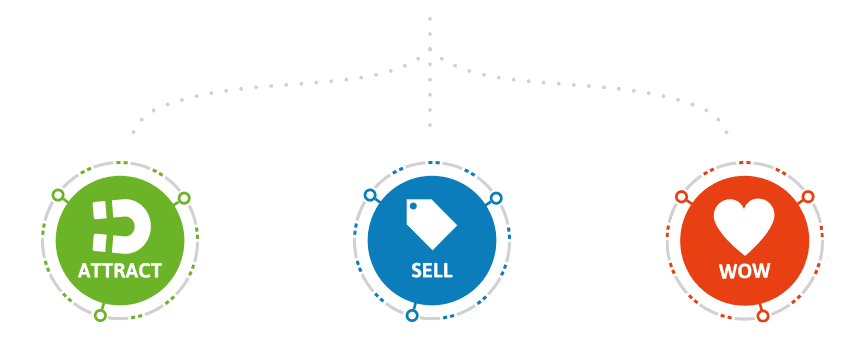
Defining contacts in lifecycle email marketing
In reality, lifecycle communication involves a huge number of touch points across the customer journey to achieve different goals with different types of emails, as shown by this visual from Kath Pay, consultant at Holistic Email Marketing.
Looking at the potential of the full lifecycle above shows that it's important to 'mind the gap', to review all contacts and to think where you can use new types of comms or improve existing ones. Kath covers best practices for these in our new resource to help businesses improve their lifecycle marketing.
The chart below also shows how different channels can be utilised across different stages of the buyer's journey. Critical to consider when formulating a lifecycle marketing plan.
Defining lifecycle marketing
Lifecycle marketing, as its name suggests, involves studying the whole customer journey in an integrated way, from first contact to customer relationship management rather than narrowly focusing on a given campaign, channel or metric. Instead of focusing on separate campaigns, you should use an 'always-on' approach to marketing look as your customer's entire journey, across all devices and channels, and optimise your messaging to align with the various touch points along that journey. Because lifecycle marketing works across platforms, it is key the different teams running different aspects of your marketing can collaborate and all pull in the same direction when applying a lifecycle marketing strategy. To start with, everyone needs to be on the same page and understand exactly what customer lifecycle marketing entails. Below are some definitions of lifecycle marketing from different departments/business types.
Email Marketing:
"Lifecycle marketing intergrates your ecommerce and email databases to generate highly personlised messages for your customers" - Kath Pay, Email Marketing Expert
CRM:
"Customer life cycle is a term used to describe the progression of steps a customer goes through when considering, purchasing, using, and maintaining loyalty to a product or service" - Margaret Rouse, Tech Target
Academic:
The customer life cycle describes the points in the continuum where you: 1) Claim someone’s attention. 2) Bring them into your sphere of influence. 3) Turn them into a registered and/or paying customer. 4) Keep them as a customer. 5) Turn them into a company advocate. - Sterne and Cutler, aurthors of the paper introducing the concept of the customer lifecycle back in 2000
Ecommerce:
"Customer lifecycle marketing (CLM) is an approach to customer communication that recognises that different stages on the journey to becoming a loyal, active customer require different marketing messages and strategies." - Ometria, Ecommerce analyitics software
Personalisation
The definitions differ slightly from one another because of the different angles the various writers have attacked the problem from. However, almost all point to some form of personalisation being key to effective customer lifecycle marketing. This it crucial to get right, as effective personalisation brings a host of benefits which can help you increase sales and retention, which after all are the objects of any customer lifecycle marketing plan.
One key benefit of personalising messages is that it recognises the customers as individuals. By marketing one way to prospects, another way to those that have already purchased a product and another way to long-term, high-value customers you can make your marketing messages far more compelling and effective. Customers will also appreciate the personal touch, and you'll stop them driving them away by bombarding them with messages which aren't relevant to them.
A second key benefit of personalising messages via a customer lifecycle model is that they can align with the point in the lifecycle that the potential customer is currently in. Marketing messages from the brand which recognise where the customers are in their individual lifecycles and thus can tailor messages much more effectively. Taking a SaaS business as an example, it's no good asking someone who has just signed up to a mailing list to find out more to buy your ultra-premium business level product straight away, and similarly its probably not worth trying to push customers that have shown interest in the high level business product towards your free basic trail option.
Email Marketing
Customer lifecycle marketing applies to all areas of marketing, but it is particularly important to consider email marketing, because email offers a unique ability to contact your customers at given moments with personalised messages.
When done correctly, personalised email messages combine all kinds of data to deliver mails which are extremely relevant and useful to the customer. Below is an example of a personalised email right done right.
It's important to consider how you can optimise your email messaging at certain key touchpoints across the customer journey, and therefore taking a step back and looking the whole customer journey is a must. For more information on applying customer lifecycle marketing techniques to your email marketing campaigns, check out our new guide.
source https://www.smartinsights.com/ecommerce/web-personalisation/what-is-lifecycle-marketing/
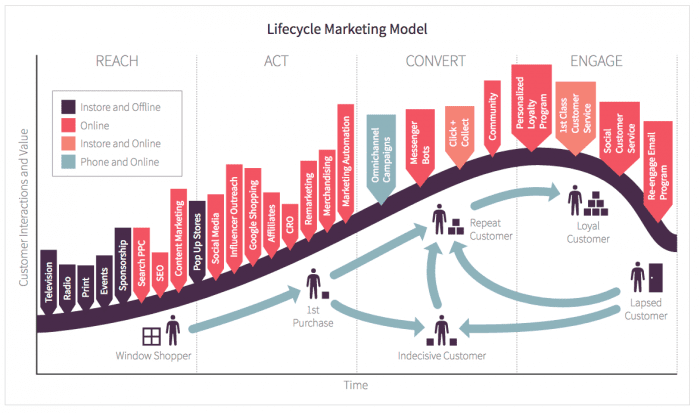


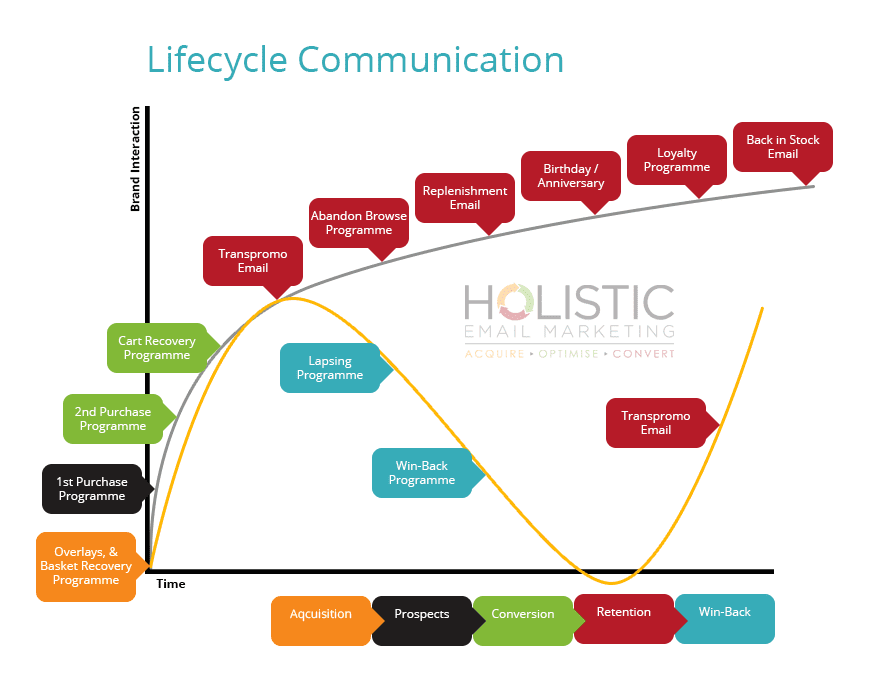
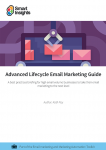
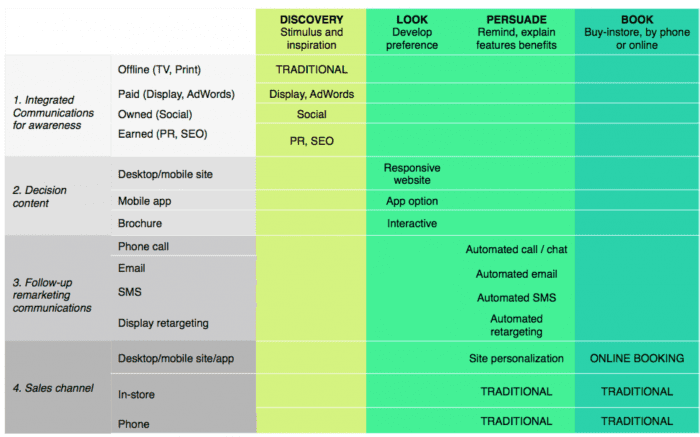
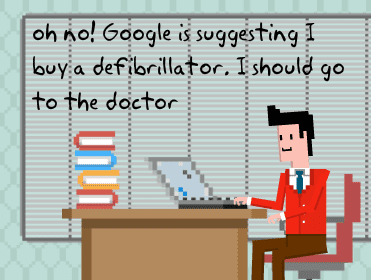
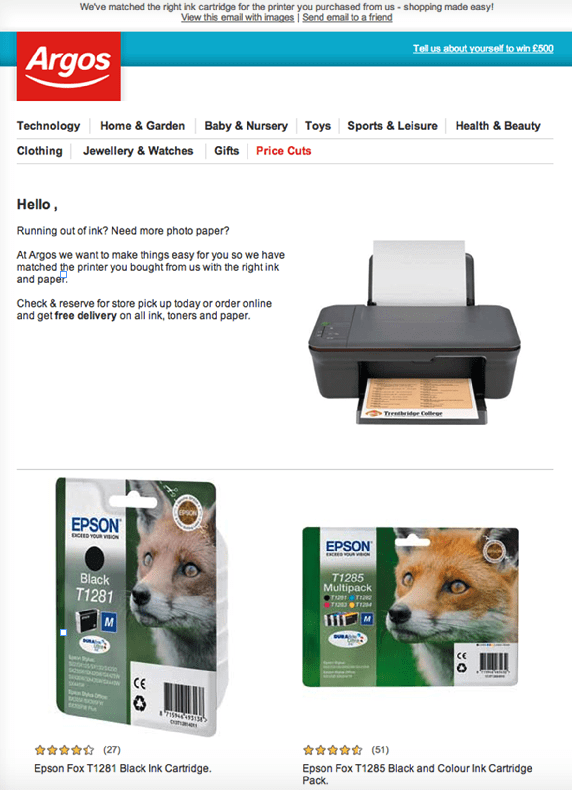
No comments:
Post a Comment